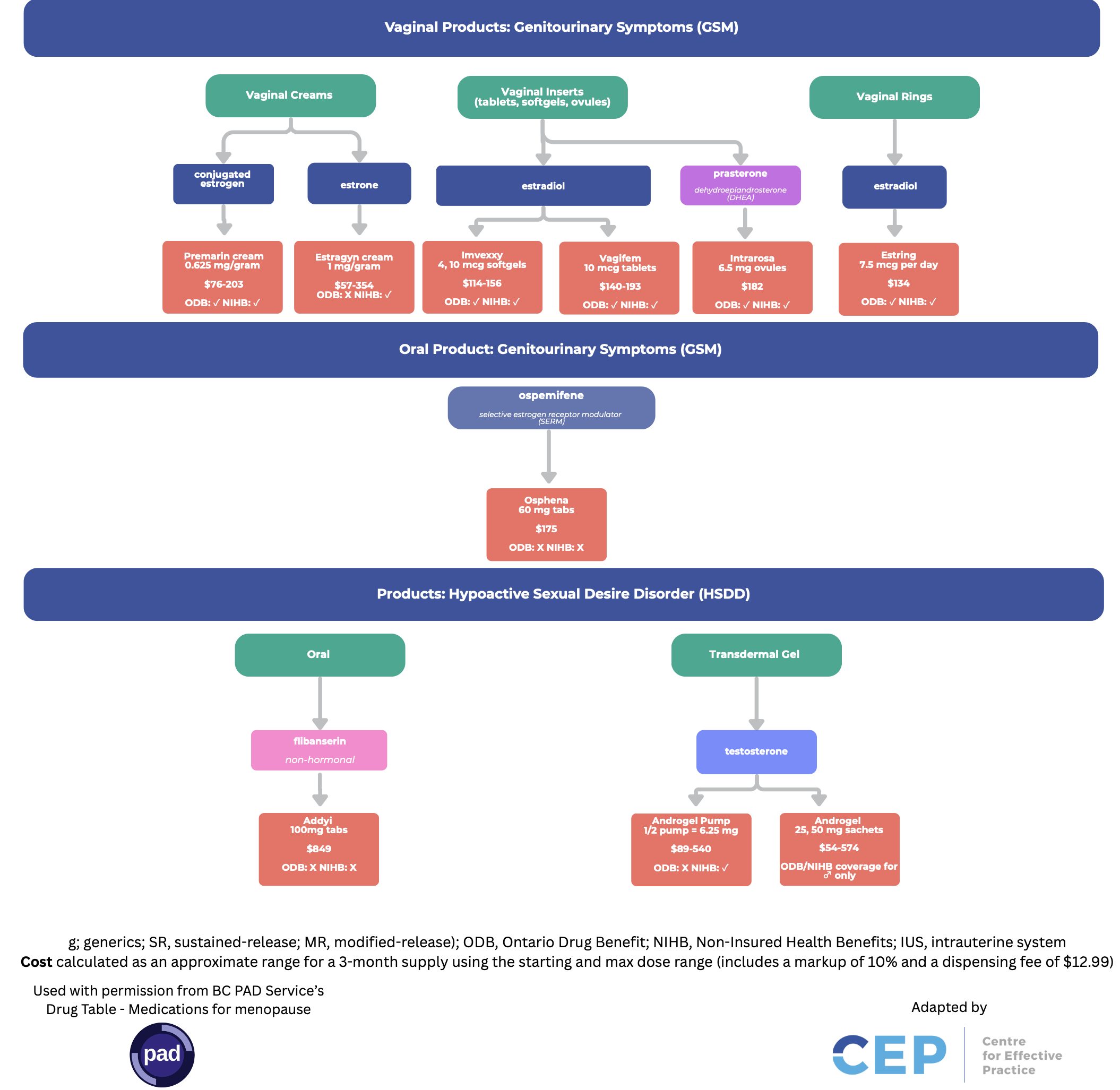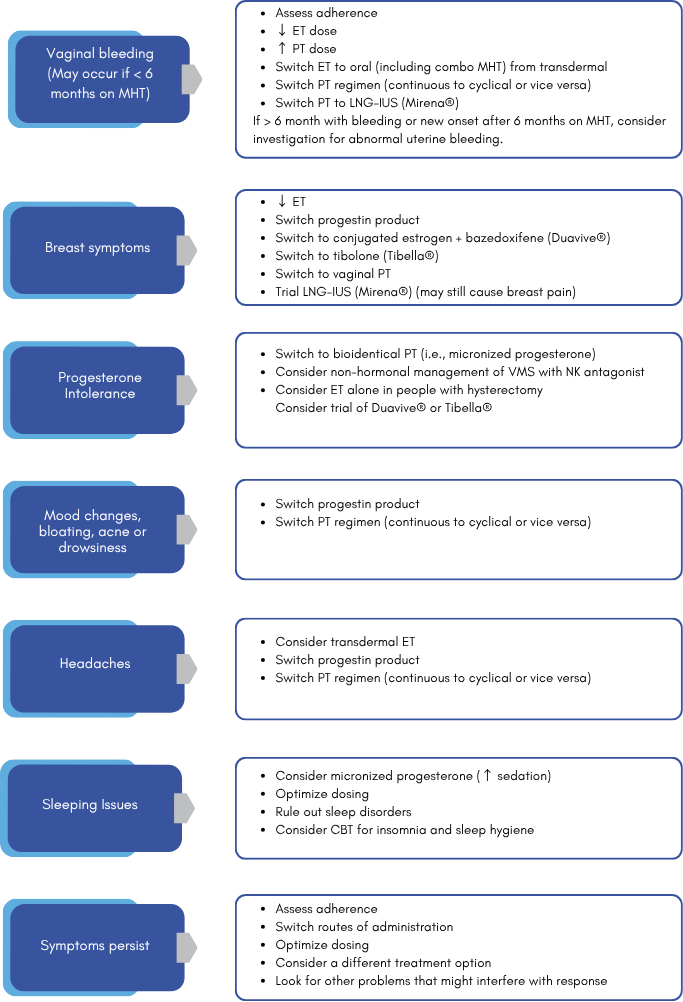This tool is designed to support primary care clinicians in screening, diagnosing and implementing treatment for women and people experiencing perimenopause, menopause and post-menopause. Although a natural transition, menopause is often under-recognized in healthcare and can have a significant impact on a person’s life and long-term health. Primary care is an important setting to normalize this life stage, provide evidence-based care, and reduce the stigma surrounding it and to improve quality of life and long-term health.
The menopause journey
Talking tips10
“Many people think of ‘menopause’ as a single event, but it’s a natural and significant transition in your life – a journey that unfolds over several years. This journey, often starting with perimenopause, can feel unique for each person, and however you’re experiencing it is completely valid. My role is to partner with you, listen to your experience, and together, we’ll find the best ways to manage your symptoms and support your long-term health through this important time.”
“You may have heard about the Women’s Health Initiative (WHI) study, which caused a lot of fear about MHT. While the study initially suggested increased risks with hormone therapy, the evidence has since proven that hormone therapy is generally safe and effective when started at the right time and with proper consideration of your health history.








